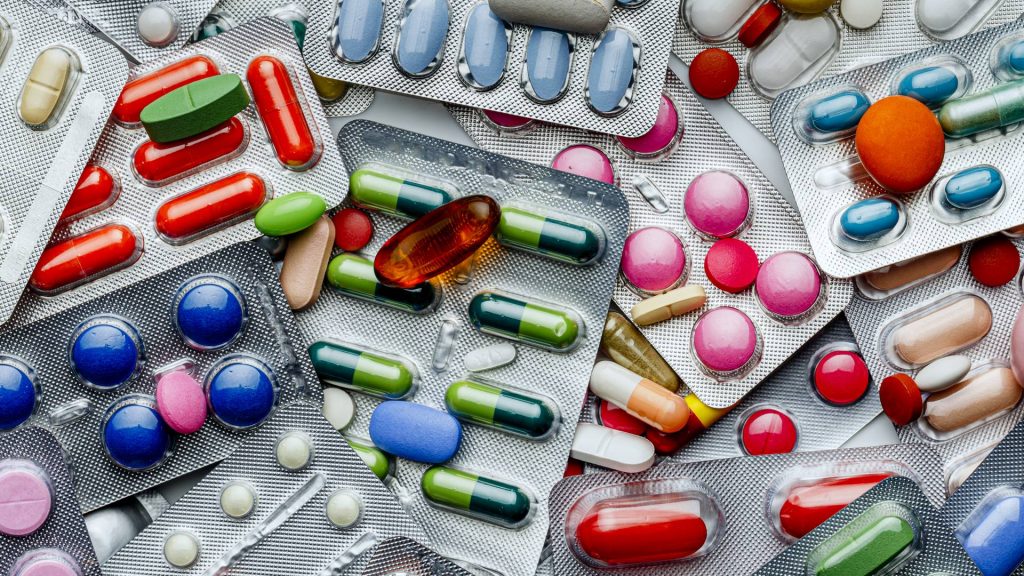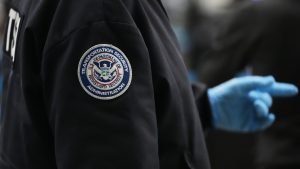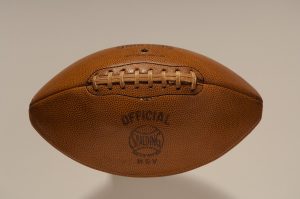Take Back Days aim to get prescription drugs off the streets. Do they work?

Over the past 15 years, pharmacies, hospitals, universities and other community institutions have hosted biannual Take Back Days, offering Americans an opportunity to anonymously and safely dispose of their unused, and unnecessary, prescription medications. With 2025’s second Take Back Day scheduled for Saturday, Straight Arrow News wanted to know how effective these events are and why they’re so important.
Do Take Back Days work?
Bill Padula, a professor of pharmaceuticals and health economics at the University of Southern California, said the data behind Take Back Days speaks for itself.
“I go by the evidence, and there is strong evidence to show that Take Back Days work,” Padula told SAN. He added that such events have never been more important, citing an increase in “medicine cabinet diversion,” or powerful prescription drugs that move from a household to the illicit market.
Lawsuits in the wake of the opioid epidemic, which targeted companies like OxyContin and oxycodone manufacturer Purdue Pharma, suggested that medicine cabinet diversion became a unique problem, as these substances flooded American streets.
“And so the best way to prevent medicine cabinet diversion is to obviously not have it there past when it’s medically necessary,” Padula said. “And so drug prescriptions for pain management, especially that you don’t plan to use after you’ve run the course for your treatment, it’s good to bring them back in.”
How widespread is the problem?
The last Take Back Day was held in April 2025. It marked the 28th event, and garnered 620,321 pounds (310 tons) of discarded drugs. To date, the federally supported initiative has gotten 19,820,761 pounds (9,910 tons) of drugs off the streets and out of American households.
Dr. Kristin Bigos, a professor of pharmacology at Johns Hopkins School of Medicine told SAN that 16 million people in the U.S. have misused a prescription in the past year, and that roughly half of those misused prescriptions came from someone the user knows. Additionally, Bigos noted that adult men are 20% more likely to abuse prescription opioids than adult women.
“About half of misused prescription drugs are from a family member or friend, whether given, sold, or stolen,” Bigos explained. “I think that Take Back Days work because they are getting these commonly abused drugs out of the home after they are no longer needed, which is the key to preventing prescription drug abuse.”
Dr. Caleb Alexander, an epidemiology and medicine professor at Johns Hopkins Bloomberg School of Public Health, said the prescription drugs of today, and those which people are encouraged to dispose of during Take Back Days, are “not your average medicines.”
“One pill can kill with these medicines,” Alexander said. “If you give a young kid or someone that’s opiate naive an 80 milligram tablet of OxyContin, they may be lucky to wake up and see another day.”
Why don’t more people simply discard their medications?
It might seem easy to simply throw away medications that are no longer necessary, but it’s not that simple.
“The right way to get rid of these pills isn’t to wash them down the toilet,” Alexander said. “It’s to take them to drop boxes that are increasingly found in pharmacies and hospitals and ambulatory clinics and so on.”
To that end, some people might procrastinate, telling themselves they’ll dispose of the medication “tomorrow.” Others might not know how to properly dispose of it, while some might think it prudent to hold onto the medication in case they have another operation or experience pain down the road. But that can cause serious problems.
“I think people underestimate the risks of having a bunch of prescription opioids or other controlled substances sitting around their households,” Alexander said. “And these are no less dangerous than poisons or other harmful substances that really are best discarded, frankly, and safely discarded.”
Elderly people are particularly vulnerable, as their medicine cabinets can quickly become overwhelmed with different medications. “We’ve seen from the evidence that people lose track of which drugs they’re supposed to hold on to and which they don’t need anymore,” said Padula. “That piles up over time, and it creates a complicated situation at home.”
Changing the narrative
Over the past few decades, researchers have found that increased public awareness can go a long way in mitigating overdose deaths from opioids and other powerful prescription drugs.
“I think the most convenient way is people are always making trips to a CVS or Walgreens pharmacy, and those places are well equipped to handle proper disposal of drugs,” said Padula.
Similarly, Alexander pointed to the larger national conversation that’s dominated debates about the safety and efficacy of some prescriptions in recent years.
“Fortunately, we’re at a point in time where there’s now widespread recognition of the opioid epidemic, and we’re a long way down the road compared to where we were a decade ago or 20 years ago, when tens of thousands of Americans were dying, but there wasn’t widespread awareness and consensus regarding the magnitude of the problem or what should be done about it,” Alexander said. “It’s good housekeeping. It’s the right thing to do to take those medicines and to discard them, and discard them safely. And that’s exactly what these Take Back programs are intended to do.”
To find a Take Back collection site near you, visit the official Take Back Day website via the U.S. Drug Enforcement Administration.
The post Take Back Days aim to get prescription drugs off the streets. Do they work? appeared first on Straight Arrow News.





